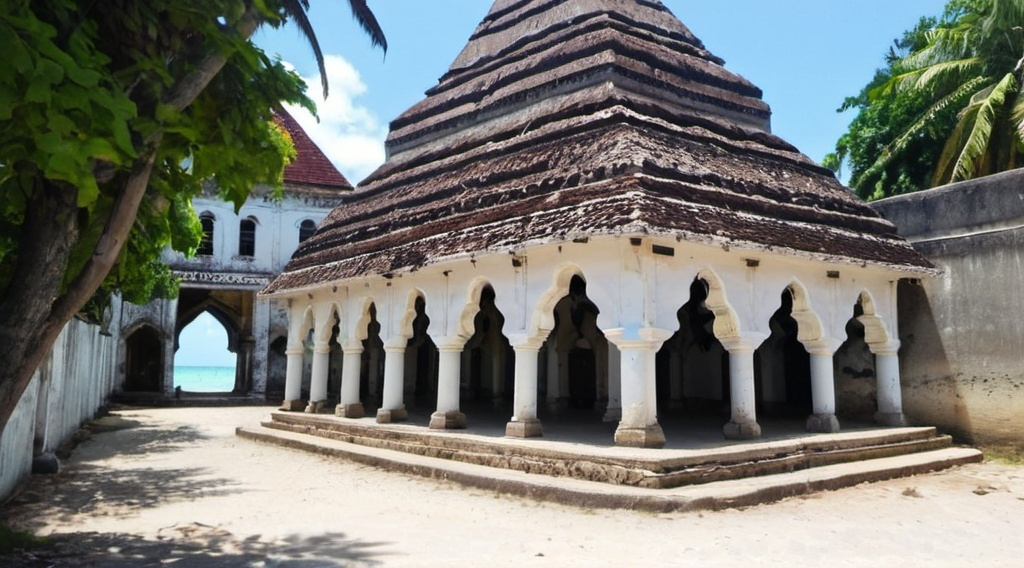Comprehensive Guide to Exploring All Monuments in Zanzibar

Introduction
Zanzibar, an archipelago off the coast of Tanzania, is a paradise renowned for its pristine beaches, rich culture, and historical landmarks. The island's monuments offer a glimpse into its vibrant past and diverse heritage. This guide will help you explore all the major monuments Zanzibar has to offer.
Getting to Zanzibar
Zanzibar is accessible via Abeid Amani Karume International Airport, which connects the island to various international and domestic destinations. From the airport, you can reach the island's main attractions by taxi, bus, or car rental. Zanzibar’s roads are generally good, making it easy to explore the island.
Must-Visit Monuments in Zanzibar
Stone Town
Stone Town, a UNESCO World Heritage Site, is the historic heart of Zanzibar City. Its labyrinthine streets are lined with ancient buildings, bustling bazaars, and lively markets. Key attractions include the House of Wonders, the Sultan's Palace, and the Old Fort. Walking tours are a great way to soak in the history and culture of this fascinating area.
House of Wonders (Beit-al-Ajaib)
The House of Wonders is one of the most iconic landmarks in Stone Town. Built in the late 19th century, it was the first building in Zanzibar to have electricity and an elevator. Today, it houses the Museum of History and Culture of Zanzibar and the Swahili Coast. The museum offers a fascinating insight into the island’s rich history and cultural heritage.
Old Fort (Ngome Kongwe)
The Old Fort, located next to the House of Wonders, is the oldest building in Stone Town. Built by the Omanis in the 17th century to defend against the Portuguese, it now serves as a cultural center. Visitors can explore its battlements, enjoy live performances, and shop for local crafts in the courtyard market.
Sultan's Palace (Beit-al-Sahel)
The Sultan's Palace, also known as the People's Palace, was once the residence of the Sultan of Zanzibar. It now serves as a museum showcasing the life and times of the sultans. The museum features personal artifacts, photographs, and exhibits on the island's royal history.
Slave Market Memorial
The Slave Market Memorial is a poignant reminder of Zanzibar's role in the East African slave trade. Located at the site of the former slave market, the memorial includes a moving sculpture and the Anglican Cathedral of Christ Church, which was built to commemorate the abolition of slavery. The underground chambers where slaves were held can still be visited.
Jozani Chwaka Bay National Park
Jozani Chwaka Bay National Park is home to Zanzibar's only national park and the rare Red Colobus monkey. The park offers scenic walking trails through mangrove forests and coastal woodlands. Guided tours provide insights into the unique flora and fauna of the region.
Practical Tips for Visiting Zanzibar
When visiting Zanzibar, it's important to respect local customs and dress modestly, especially in Stone Town. The island is predominantly Muslim, and modest clothing is appreciated. English is widely spoken, but learning a few Swahili phrases can enhance your experience.
Where to Stay
Zanzibar offers a range of accommodations to suit all budgets, from luxury resorts to budget-friendly guesthouses. Popular areas to stay include Stone Town for its historical charm and the northern beaches for a more relaxed atmosphere. Book in advance, especially during peak tourist seasons.
Conclusion
Zanzibar's rich history, cultural heritage, and stunning landscapes make it a must-visit destination. By following this guide, you'll be well-equipped to explore all the major monuments and experience the best of what Zanzibar has to offer. Plan your trip today and embark on an unforgettable journey through this enchanting island.


